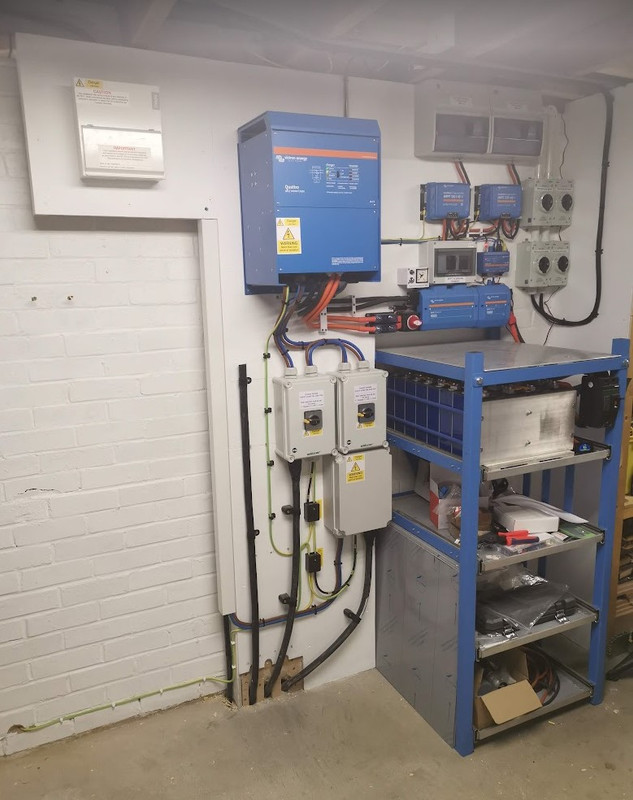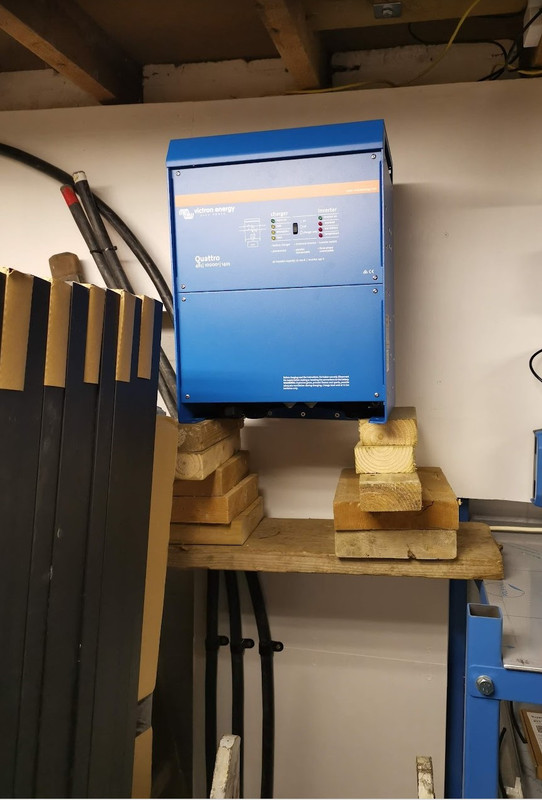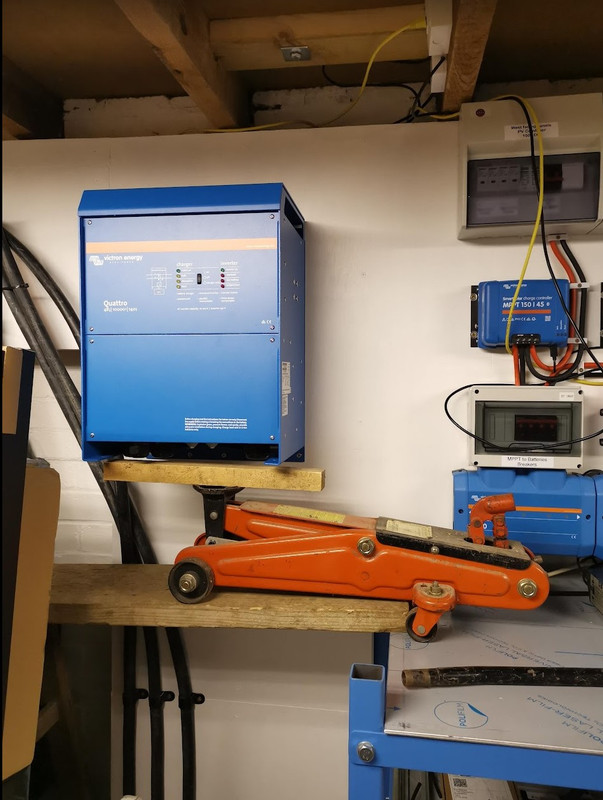Well it was more to satisfy my curiosity once I found out the down lighters were already fire rated. I was concerned that the electrician was just making up jobs, but as with a lot of things there are different opinions, and different interpretations, whoever he spoke to could have got it wrong.
I'm ok with CU being done, it's a mess and apart from the cost it will be good to get it tidied up and to today's standard.
I'm ok with CU being done, it's a mess and apart from the cost it will be good to get it tidied up and to today's standard.



































































